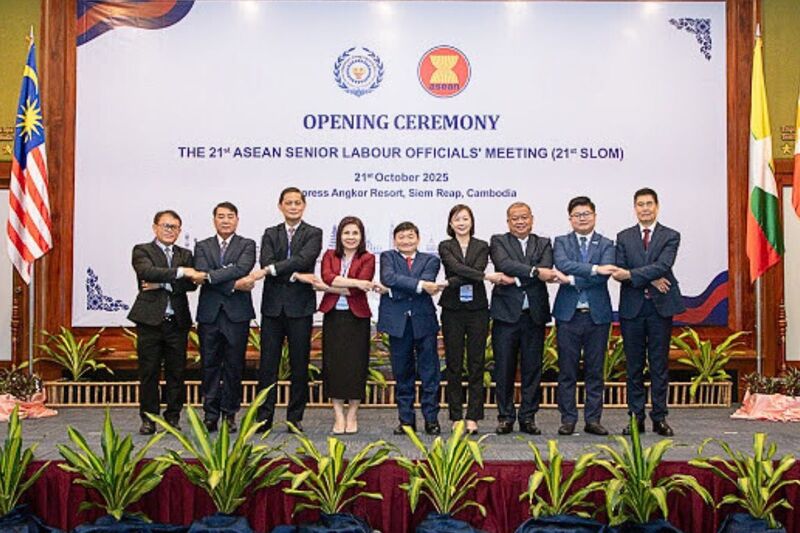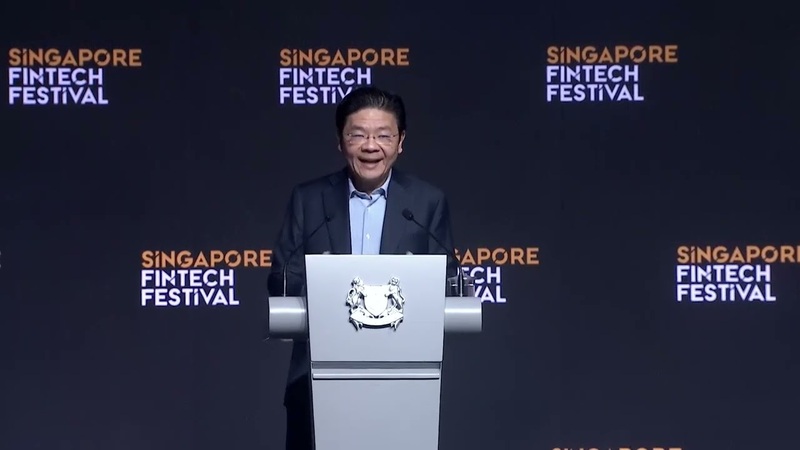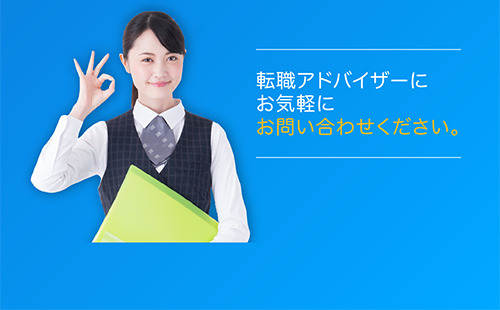Dads, Diapers & Duties: How Singapore’s Paternity Leave Is Evolving—And Why It Matters
From diaper duty to daddy bonding time, paternity leave is no longer a “nice-to-have”—it’s a growing symbol of gender equity, workplace flexibility, and national survival. In Singapore, where birth rates have hit historic lows, the government is taking bold steps to encourage active fatherhood and support families. But are we doing enough?
At Reeracoen, we’re seeing an important shift in how both companies and candidates perceive parental roles. With more men stepping up at home and more employers stepping up at work, paternity leave has become a key indicator of progressive workplace culture.
Here’s how Singapore stacks up in 2025, what we can learn from other nations, and why it’s time to rethink what leave policies really mean—for dads, families, and the future of work.
What’s New in Singapore’s Paternity Leave Landscape?
Singapore has taken decisive steps to support working fathers. As of 2024, government-paid paternity leave doubled from two to four weeks for eligible working fathers of Singaporean children born on or after January 1, 2024. This change is part of the Government’s Forward Singapore roadmap, aimed at strengthening families and improving work-life balance.
According to the Ministry of Social and Family Development (MSF), the paternity leave uptake rose to 56% in 2023, up from 53% in 2022. This marks the highest-ever take-up rate in Singapore’s history. However, it still means 44% of eligible fathers did not use their leave entitlement—often due to workplace stigma or lack of support.
Additionally, 87% of full-time employees now have access to flexible work arrangements such as telecommuting or staggered hours—up from 84.1% the year before—enabling better parenting integration into daily life.
Why This Matters for Employers
Modern professionals—especially Gen Z and Millennial fathers—are prioritising family-friendly benefits when evaluating job opportunities. Companies that embrace this shift are not just boosting employee satisfaction; they’re future-proofing their workforce.
Workplaces that support fatherhood:
- Improve talent retention
- Foster more inclusive cultures
- Enhance employee loyalty and morale
When dads take leave, partners recover better, children bond faster, and families thrive longer. It’s not just a benefit; it’s a business investment.
Learning from the World: Korea, Japan & Beyond
South Korea, which is battling one of the world’s lowest fertility rates, offers a cautionary tale. While new incentives like cash bonuses and extended paternity leave exist, cultural resistance and workplace pressure mean few men take full advantage. Many Korean fathers still worry about career setbacks.
Japan, meanwhile, boasts one of the most generous paternity leave systems globally—with up to one year of partially paid leave available. However, actual uptake remains dismally low (around 17% in recent years) due to entrenched gender norms.
Singapore stands at a promising crossroads: policy is moving forward, and uptake is steadily climbing.
Now, the challenge is cultural.
What Companies in Singapore Can Do Next
1. Create a culture of permission
Normalise paternity leave with open communication and strong role-modelling from leadership.
2. Redesign team structures
Ensure systems are in place to cover roles temporarily, so no one feels guilty about taking leave.
3. Recognise fatherhood in HR policies
Celebrate new dads publicly, share stories internally, and include them in wellness initiatives.
4. Review your flexi-work setup
With 87% of full-timers already benefiting from it, make sure your flex policies align with caregiving needs.
FAQs: Paternity Leave in Singapore
Q1: How many days of paternity leave do fathers in Singapore get?
Since 2024, fathers can receive four weeks of government-paid paternity leave if they meet eligibility criteria.
Q2: Is paternity leave mandatory?
It’s not mandatory, but it is encouraged and government-funded for eligible employees.
Q3: Can paternity leave be split into separate days?
Yes. Employers and employees may mutually agree to take the leave flexibly within 12 months of the child’s birth.
Q4: What happens if my company doesn’t support it?
Employees can appeal through MOM channels or consult TAFEP. Cultural change often starts with conversations.
Q5: How does Singapore compare to other countries?
We’re progressing. Uptake is now at 56%, and the doubled duration is a good sign—but we lag behind Scandinavian nations in both length and culture.
Looking to Join a Family-Friendly Workplace?
We help candidates find roles where their family life is respected and their well-being is prioritised.
👉 Explore Jobs with Reeracoen
Want to Attract Top Talent with the Right Benefits?
Reeracoen partners with companies in Singapore to design benefit packages that attract and retain great people.
👉 Hire with Reeracoen
Disclaimer:
The information provided in our blog articles is intended for general informational purposes only. It is not a substitute for professional advice and should not be relied upon as such.
While we strive to provide accurate and up-to-date information, the ever-evolving nature of certain topics may result in content becoming outdated or inaccurate over time. Therefore, we recommend consulting with qualified professionals or experts in the respective fields for specific advice or guidance. Any actions taken based on the information contained in our blog articles are solely at the reader's discretion and risk. We do not assume any responsibility or liability for any loss, damage, or adverse consequences incurred as a result of such actions.
We may occasionally provide links to external websites or resources for further information or reference. These links are provided for convenience and do not imply endorsement or responsibility for the content or accuracy of these external sources. Our blog articles may also include personal opinions, views, or interpretations of the authors, which do not necessarily reflect the views of our organisation as a whole. We encourage readers to verify the accuracy and relevance of information presented in our blog articles and to seek professional advice when needed. Your use of this website and its content constitutes acceptance of this disclaimer.
References






